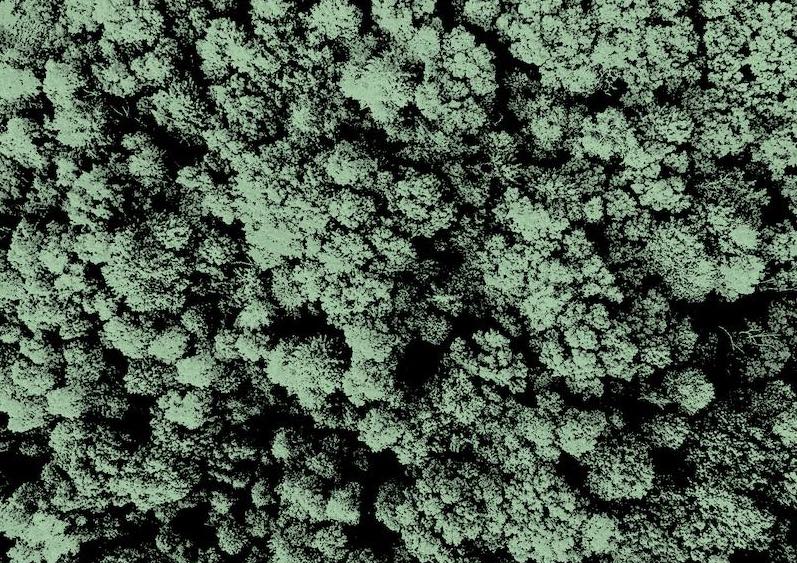What is it about?
The Mulloon Rehydration Initiative is a case study highlighting the challenges of integrating research into a catchment scale land-repair project involving multiple landowners and partners. Starting with an innovative project in 2006 to install ‘leaky weirs’ on a single property, the project has now expanded to include stream rehabilitation works on 16 properties and aims to cover an area of 23,000 ha of the Mulloon Creek, NSW and its main tributaries. Here, we describe the establishment phase of the project and the design of its monitoring framework.
Featured Image
Why is it important?
Here, we document the process of establishing the Mulloon Rehydration Initiative (MRI) and describe the design of its monitoring framework. This is a significant, long-term (2006 - ongoing) catchment-scale stream and floodplain rehabilitation Initiative located in the Mulloon Creek catchment in the Southern Tablelands, NSW, Australia. The Initiative’s particular focus is to install in-stream structures (logs and rocks) and restore native riparian vegetation. Our research aim is to monitor how these activities may improve hydrological, ecological, agricultural and social values derived from this catchment. The context of the Mulloon Rehydration Initiative is complex, featuring: contested management interventions; long-term landscape functions; diverse stakeholders; regulatory constraints; multiple environmental, social and production goals; strong community engagement and an interdependence of hydrological, geomorphological, production and ecological variables. The project is described and assessed against principles for LTERM derived from the literature, which largely draws on biodiversity-focused studies with a smaller range of parameters. These principles are extended to generate insights to inform further research activities and management interventions in production landscapes.
Perspectives
This is one of the most important and challenging projects I have been involved with, and the relevance to land managers to understand how these processes work, how to address the issues, and build resilience for future climatic extremes. Additionally, this paper establishes the cornerstone of the monitoring and reporting for the Mulloon Rehydration Initiative as an important reference for current and future research. The many individual monitoring components are important to research, and the ability to assess multiple components in an integrated systems thinking approach, will be both challenging and rewarding. I encourage prospective researchers who would like to be involved in this unique project that aims address real-world problems and assist with formulating the solutions backed by science.
Luke Peel
Australian National University
Read the Original
This page is a summary of: The Mulloon Rehydration Initiative: The project’s establishment and monitoring framework, Ecological Management & Restoration, January 2022, Wiley,
DOI: 10.1111/emr.12549.
You can read the full text:
Contributors
The following have contributed to this page







